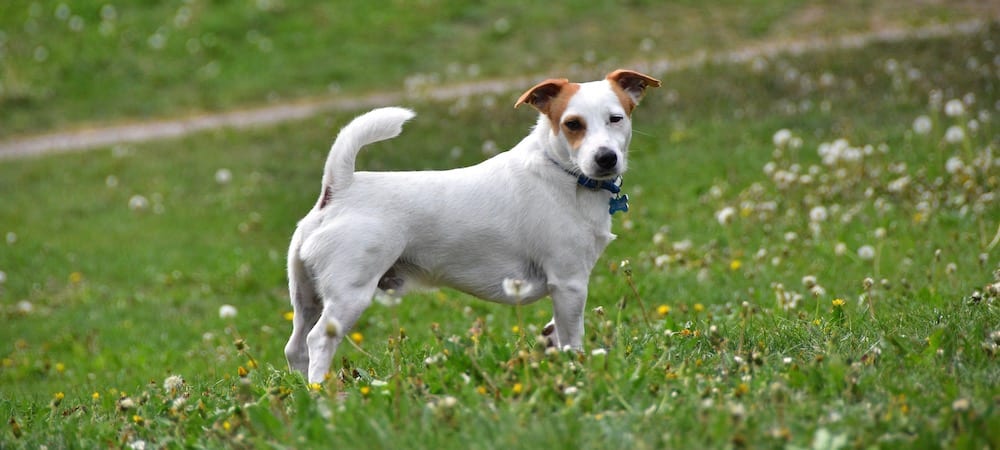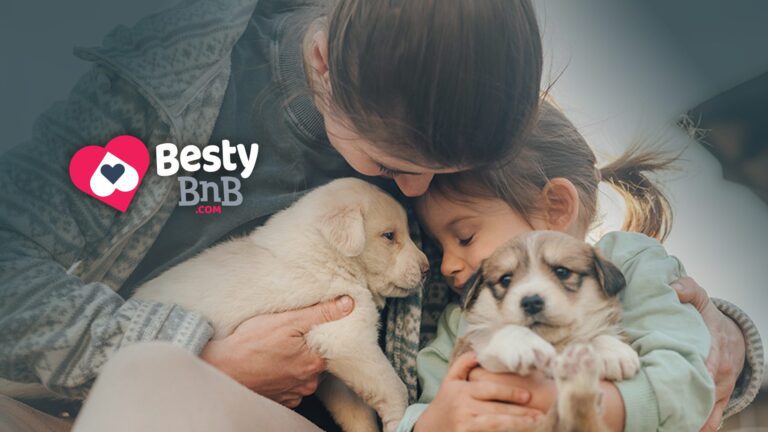What Should Dog Poop Look Like?!


You might find yourself on a walk with your dog and suddenly they go to the bathroom… but this time it looks different. Either the consistency doesn’t look right, the color is off or maybe there’s something in there that doesn’t look like it belongs… Either way, you find yourself asking, “What the heck should dog poop look like?!” Luckily, we’re here to help. Here’s our guide to dog poop!
The Four Cs of Dog Poop
Since dogs can’t hop on a doctor’s examination table and tell us what ails them, a good way to check their health is with a stool sample. And when looking at dog poop, you should remember the Four Cs: color, consistency, content and coating. Color is obviously what shade the poop is, consistency is how hard or soft the feces are, content is what is contained in the poop and coating is whether or not there’s a film over the poop.
Color
Healthy dog poop should be chocolate-brown in color. A healthy dog’s gallbladder releases bile to help break down food. Bilirubin, contained in bile, is added to the stool that makes it that chocolate-brown color. Some slight changes in color are normal as a result of a different diet or hydration. However, dog poop should generally stay brown. Here are some colors to look out for:
- Black: Could mean your dog is bleeding higher in their digestive tract.
- Red streaks: Could mean that your dog is bleeding lower in their digestive tract.
- Grey or yellow: Could indicate problems with your pup’s gallbladder, pancreas or liver.
- Green: Could mean that your dog is eating grass.
- White spots: Could mean that your dog has worms.
If you notice any of these abnormal colors, contact your veterinarian!
Consistency
Some vets actually use a numerical system to categorize the consistency of dog poop. The poop scale ranges from 1 to 7, 1 being a hard, rock-like pellet and 7 being a puddle of diarrhea. A healthy consistency for dog poop is a 2. The feces should be firm, segmented and shaped like a caterpillar. It should feel like Play-Doh when squeezed. Hard poops might mean your dog is dehydrated. Liquid poop means your pup’s large intestine isn’t absorbing water properly. Click here to learn more about dog diarrhea. Call your vet if you notice any abnormalities in your dog’s poop consistency for more than 24 hours.
Content
Generally the contents of poop won’t be readily apparent unless you dissect it, so we recommend taking a sample to your vet or using gloves for this rather unpleasant task. The inside of dog poop shouldn’t look any different than the outside. Here are some abnormalities to look for:
- Foreign objects: You shouldn’t find any non-food items, such as grass or socks in your pet’s poop.
- Fur: Finding large clumps of fur in the poop means your pet is probably overgrooming which can be a result of allergies, anxiety, boredom or skin disease.
- Worms: These will appear long and skinny or rice-shaped. It’s important to examine a fresh stool sample since healthy poop that’s been outside for a few hours might attract worms.
Call your vet if you find anything in your dog’s poop that shouldn’t be there!
Coating
Your dog’s stool shouldn’t have any film or coating on it. A good way to tell if the poop has a coating is to look at the grass where the poop was after you pick it up. If the poop leaves behind any kind of trail, then it has a coating. Film often indicates large bowel inflammation that usually happens along with diarrhea. You may also see red streaks of blood or your pup may have difficulty defecating.
If your dog is otherwise eating, drinking and behaving normally, poop issues probably aren’t anything to worry about. Again, if any of your pet’s poop problems don’t clear up in 24 hours, call your veterinarian. They can put your mind at ease!



